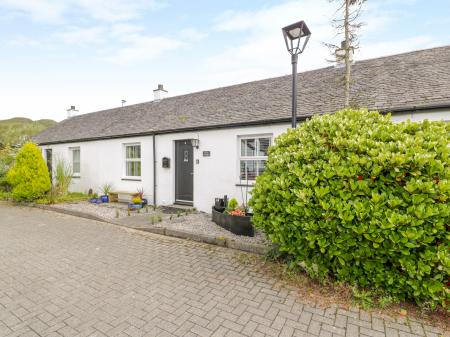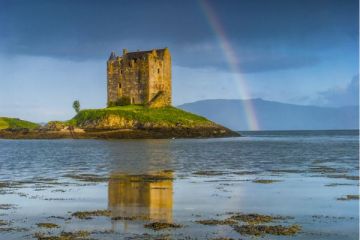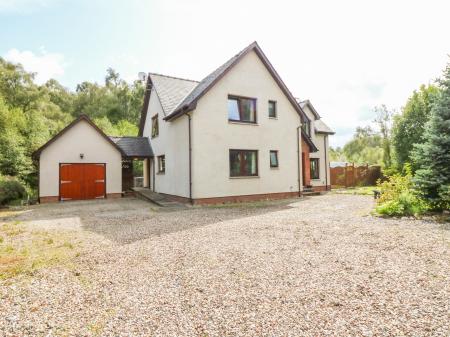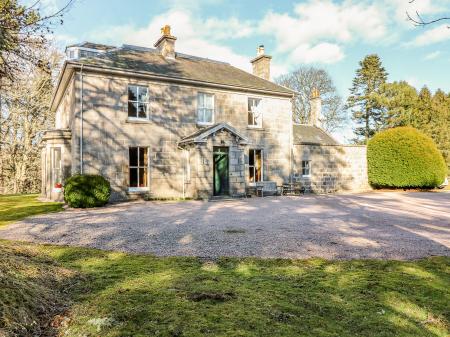
The stone measures 0.37 metres by 0.33 metres (approximately 17 inches by 13 inches) and is unusually carved with a face, possibly that of Christ, or God, at the top, tapering to a fishtail at the bottom. The 'arms', such as they are, are no more than small bumps, carved in a tight spiral pattern. The carving is of a style found in Ireland, and more commonly, in the Mediterranean.
The stone is epidotic schist, quarried locally, which suggests that it was also carved by an inhabitant of Colonsay, rather than brought here from outside.

The stone originally stood near the chapel of Ruisg Buidhe, but it was then moved to the holy well of Tobar Oran, in the grounds of Colonsay House. There is a persistent rumour that Colonsay House is built on the site of a medieval monastery, though there is no evidence to support this.
The stone can be seen during Colonsay House Garden open days, usually twice a week in the summer months. It is located just inside and to the left of the main garden entrance.



 We've 'tagged' this attraction information to help you find related historic attractions and learn more about major time periods mentioned.
We've 'tagged' this attraction information to help you find related historic attractions and learn more about major time periods mentioned.




